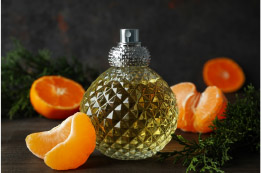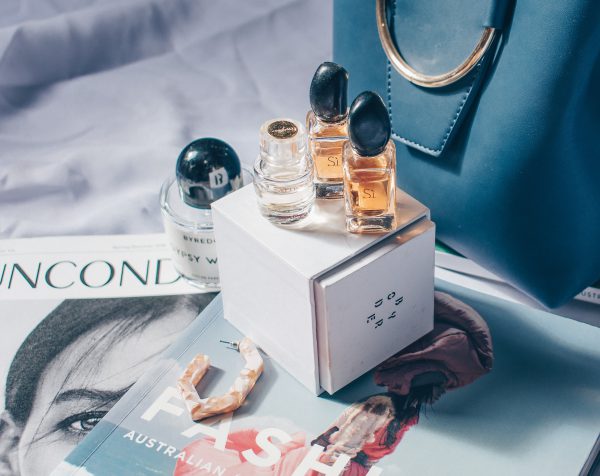In the realm of sensory experiences, few are as intimate and personal as the scent of a perfume

Each aroma has the power to evoke emotions, memories, and even shape our perception of people and places. This art of capturing fragrances is as much a science as it is an art form, with roots spanning thousands of years and bridging numerous civilizations. Let’s embark on a scented journey that dives deep into the world of perfumes, revealing the craft, history, and allure of these bottled essences.
A Brief Whiff of History
Perfumery’s origins are intertwined with the very beginnings of human civilization. Ancient cultures from Egypt to China prized aromatic oils, resins and cocoa perfumes not just for their divine associations, but also for their ability to mask odors and preserve the dead. Pharaohs were embalmed with myrrh and frankincense, and royals were often buried with urns of perfumed oils.
By the time of the Roman Empire, the use of perfumes was deeply embedded in daily life, from the scenting of public baths to anointing the body. As time progressed, trade routes opened up, enabling access to exotic ingredients from the East, thereby diversifying the perfumer’s palette.

In the Renaissance period, Europe took a passionate interest in alchemy and the distillation of scents. This era marked the beginning of modern perfumery, as alchemists discovered methods to extract fragrances from flowers.
The Science Behind the Scent
In contemporary perfumery, there’s a careful balance between art and science. The core of every perfume lies in its composition of different fragrance molecules, which together create a harmonious scent profile.
These fragrance molecules can be obtained from natural sources, such as flowers, fruits, woods, and resins. They can also be synthesized in labs, giving rise to a range of aromatic compounds that may not be found in nature.
The process often begins with extraction. Natural materials can be subjected to processes like steam distillation, where steam is passed through plant material, causing it to release its aromatic compounds. Another method, enfleurage, involves placing flower petals on a fat-rich surface, allowing the fragrance to be slowly absorbed.
Once the aromatic compounds are extracted, they are blended according to a formula developed by the perfumer, or “nose”, as they are colloquially known. This formula can be as simple as combining a few ingredients or can be a complex blend of hundreds of different molecules.
Inhaling the Future
The world of perfumery is constantly evolving. With advances in technology, perfumers now have access to a broader range of ingredients, both natural and synthetic. There’s also a growing emphasis on sustainable sourcing and the creation of eco-friendly fragrances.
Moreover, with the advent of AI and machine learning, there’s potential for algorithms to assist in the creation of new and exciting scent profiles. While the human element will always be central to perfumery, technology offers tools to push the boundaries of what’s possible.
In conclusion, perfumery is a rich tapestry of art, science, history, and personal experience. It’s a realm where creativity knows no bounds, and the quest for the perfect scent is a journey that can last a lifetime. Whether you’re a casual wearer or a dedicated connoisseur, there’s no denying the profound beauty and allure of the world of fragrance.
Members of the Laguna Beach Independent Newspaper (the Indy) were not involved in the creation of this content.




